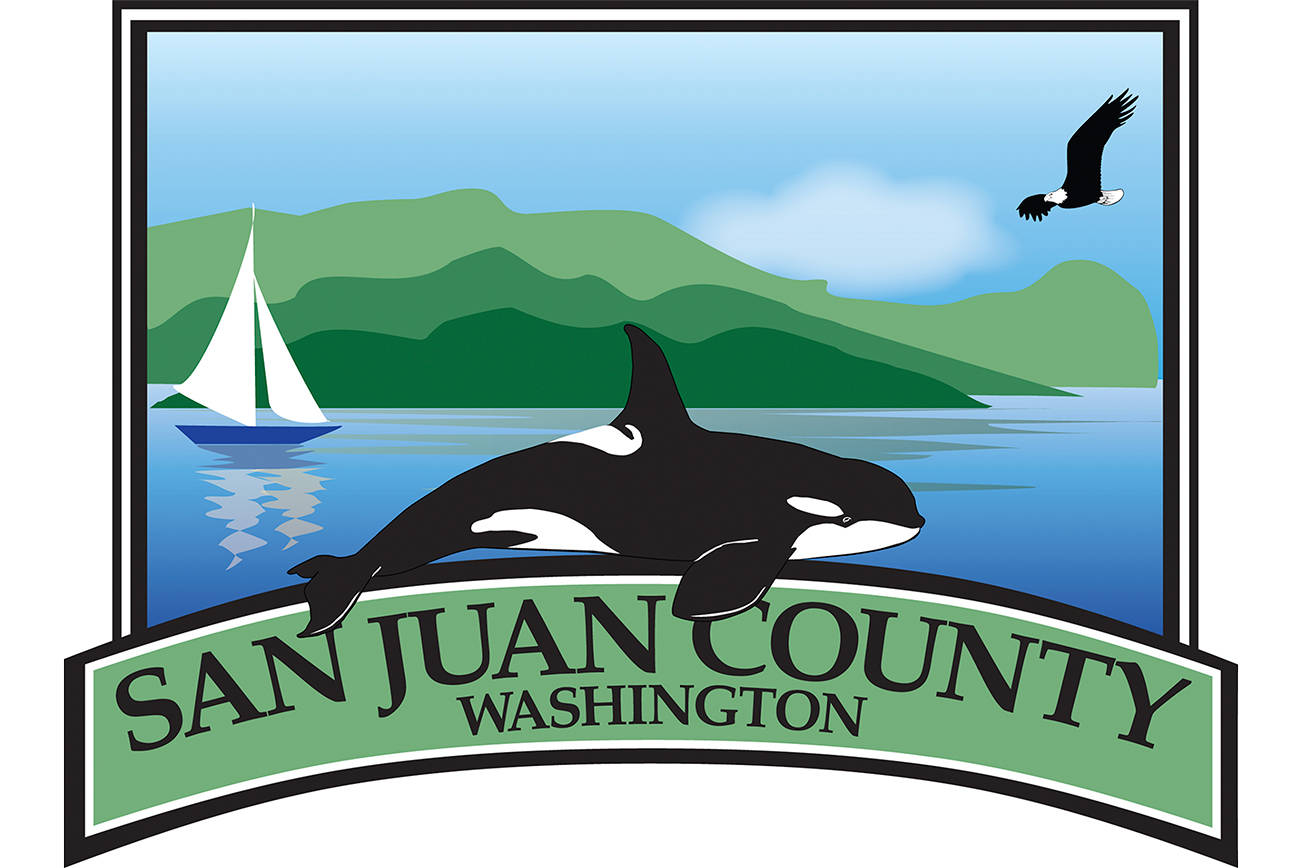San Juan County property owners will see significantly higher property tax bills in 2018, along with the rest of Washington. San Juan County and state legislators passed tax increases for 2018 and voters approved local tax hikes on Orcas and Lopez Islands.
State
The main increase in property taxes will come from the state. The rate, said San Juan County Assessor John Kulseth, will be around 90 cents per $1,000 of assessed property values in 2018. That means it would cost about $498 a year for the owner of a median-priced resale home in the county of $553,600.
“It will impact San Juan County residents more than residents in lesser valued counties,” said Kulseth.
Last June, state legislatures passed a budget that includes ways to fund education more equitably in Washington. One way is to cap local school district levies and increase property taxes throughout the state to give every district an equal share. That way, students in areas with low property taxes will have the same educational resources as areas with higher taxes.
Local
Local property values are increasing, but it will have an insignificant effect on taxes. According to a message on the county’s website from Kulseth, “many properties increased in value, which reflects a rising market in San Juan County, but higher assessed values do not necessarily mean an equivalent increase in taxes.”
Property taxes, he said, are collected based on the proportional share of a property’s assessed value compared to the total value of the county’s property.
“If everyone’s value increased the same percentage as everyone else’s, then everyone’s tax bill would be exactly the exact same as last year,” said Kulseth. “People tend to be upset because they think a 20 percent increase in value means a 20 percent increase in taxes, but it doesn’t.”
David Meiland, said the 5 percent increase on the valuation of his single-family home off Bailer Road on San Juan makes sense.
“That was no surprise as the real estate market has been quite strong,” he said. “Our valuation now is lower than it was in 2010.”
Currently, representatives from San Juan County’s 26 taxing districts are passing resolutions to set levies to collect the money needed in their budgets. This will be included in the overall county budget for 2018. By mid-January, tax rates will be set to determine what individual county property owners will owe.
On Monday, Nov. 13, San Juan County Council passed three property tax increases on county roads, land conservation and expenses in 2018 to the maximum levy increase of 1 percent per district. The county road tax increased by $45,774.20, the land conservation’s future tax increased by $3,081.71 and the expenses tax increased by $56,260.22.
Orcas residents will also pay 11 cents per $1,000 of assessed property value in 2018, thanks to the passing of a $1.36 million capital projects levy for the Orcas School District in the last election. That’s about $60 for the owners of the county’s median-priced resale home. The levy will collect 11 cents for the first three years, then 10 cents for the next three years. The money is for field improvements and to prepare the area for a track.
Those on Orcas will also pay for another levy to cover $10.8 million worth of bonds over 20 years to renovate the school district’s buildings. The rate will be set in mid-January.
The approval of the hospital district on Lopez could add up to 75 cents per $1,000 of assessed property value for Lopezians, depending on the rate chosen by hospital commissioners. If the maximum rate is chosen, it will cost roughly $415 for owners of the county’s median-priced resale home in 2018. The district is permanent and the board sets the levy amount annually.
Kulseth noted that if county staff adds additional local construction after budgets have passed, they could surpass their 1 percent maximum levy increase. County staff would need extra funds to support the construction not originally budgeted.
Meiland, who voted to maintain the state tax hikes in November’s election, isn’t worried about the state taking an unfair share.
“Our taxes in 2017 were about 4 percent higher than 2016 — that’s not much more than the rate of inflation,” he said. “We’ve lived and owned property in other states and from my perspective, taxes in Washington are fairly low.”



